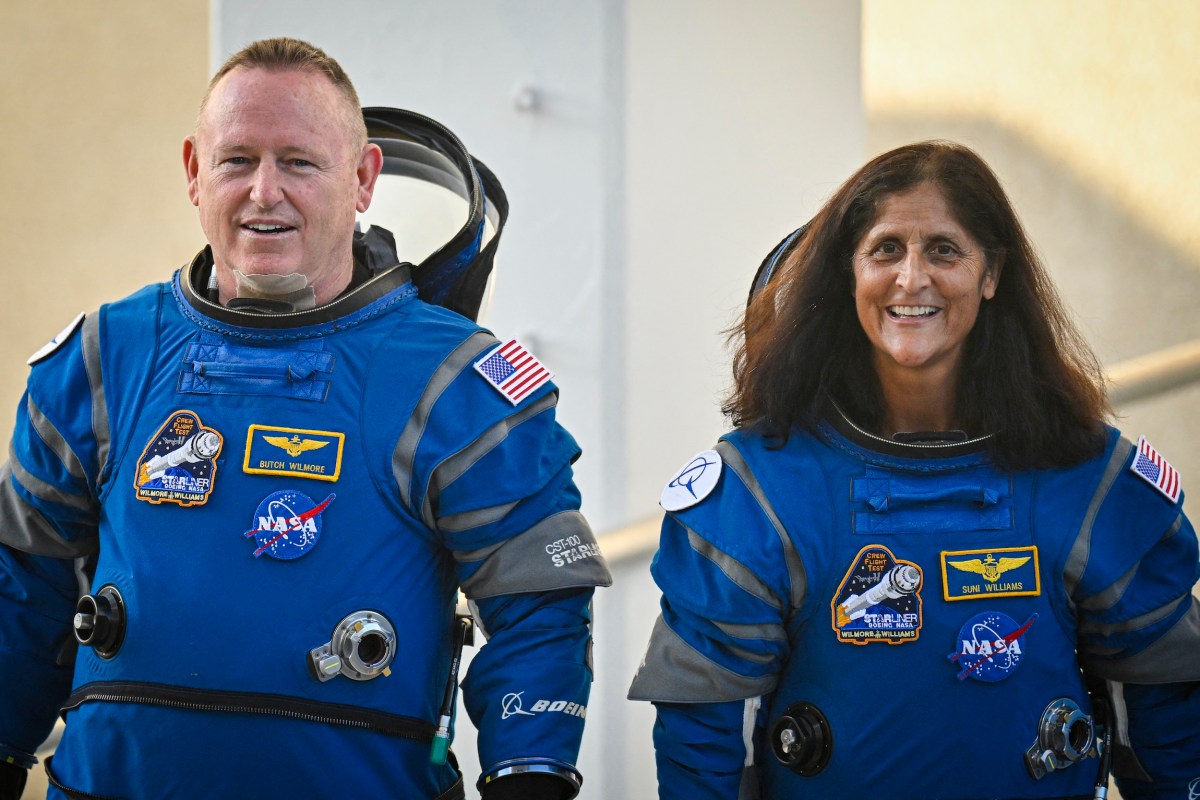Boeing’s Starliner mission is coming back to Earth — empty.
After months of data analysis and internal deliberation, NASA leadership announced today that Starliner will be coming back to Earth in September, without a crew. Meanwhile, astronauts Butch Wilmore and Sunita Williams will remain on-board the International Space Station until February, when they will return on SpaceX’s Dragon spacecraft as part of the Crew-9 mission.
NASA noted that while the astronauts’ eight-month stay on the ISS will be longer than expected, others have stayed on the ISS for as long as 12 months. While there, Wilmore and Williams will be involved in research, station maintenance, and potentially a few spacewalks.
Boeing launched on its first crewed Starliner mission on June 5, with issues starting around 24 hours later. In the final phase of approach to the ISS, five of the 28 thrusters on Starliner went offline, and several helium leaks sprung up in the spacecraft’s propulsion system. Since then, NASA and Boeing engineers have been engaged in a root cause analysis, conducting tests of the thrusters onboard the spacecraft and testing a replica engine here on Earth.
NASA was betting a lot on Starliner — approximately $4.2 billion, per a contract that was awarded to Boeing for Starliner’s development back in 2014. Boeing has also put a lot on the line, with cost overruns on the capsule amounting to over $1.5 billion. NASA’s aim was to have two commercial crew transportation providers, which is why it awarded contracts to Boeing and SpaceX. But while SpaceX completed its certification mission in 2020, and has conducted eight NASA missions since that point, Boeing’s Starliner faced numerous delays.
Although the incident might seem like the nail in Starliner’s coffin, at today’s press conference NASA leaders said they’ve been working closely with Boeing, and they pushed back against a question implying that there’d been any loss of trust in the company or Starliner — instead, they suggested there was merely a “disagreement” over the level of risk.
“Spaceflight is risky, even at its safest, and even at its most routine,” said NASA Administrator Bill Nelson. “A test flight, by its nature, is neither safe nor routine.”
Nelson also said he still sees Starliner as a vehicle that will bring crew to the ISS in the future.

